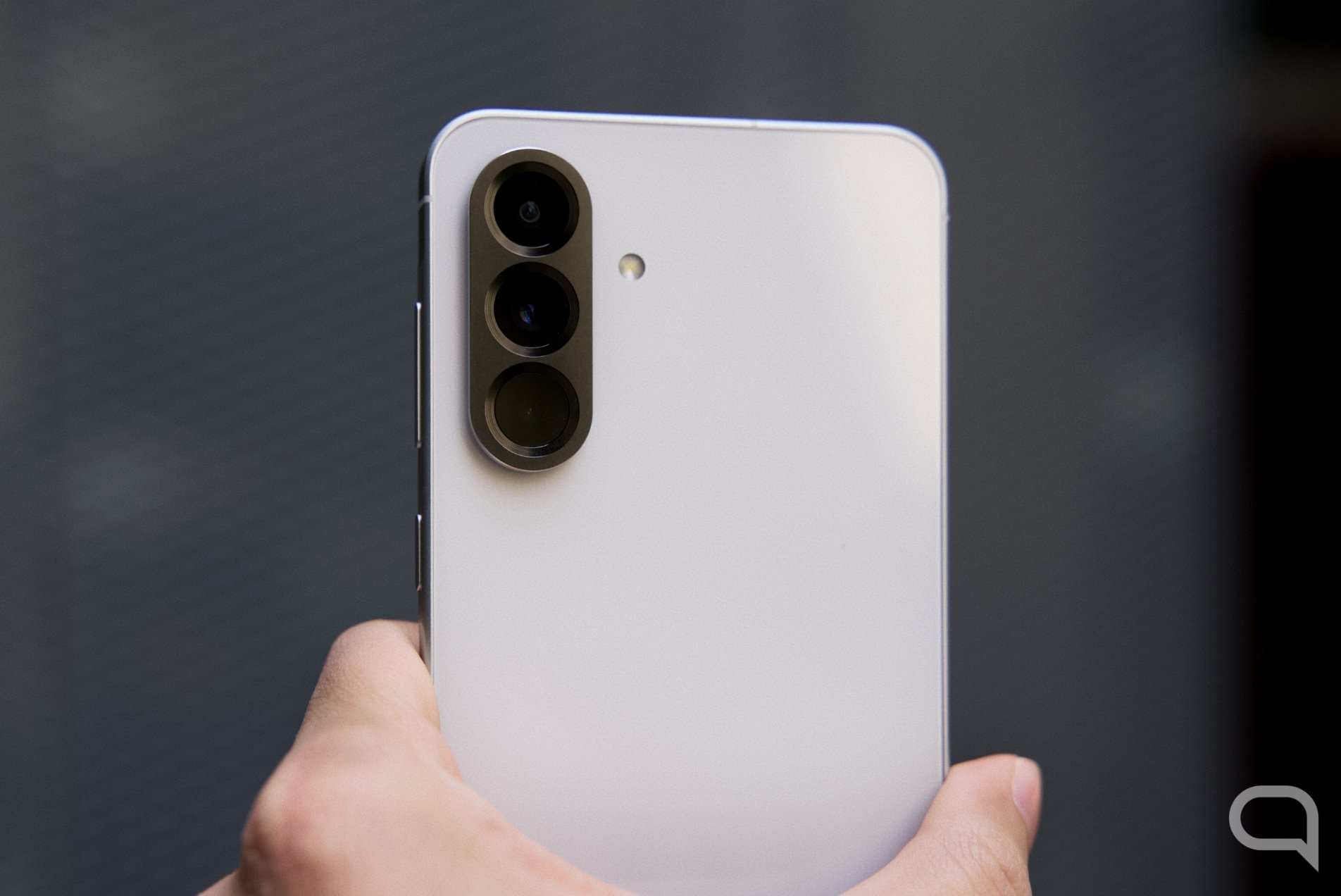Stride length is an important indicator of health and can help identify musculoskeletal problems, aging, and neurological diseases such as Parkinson’s disease, Alzheimer’s disease, and multiple sclerosis. Traditional methods of measuring stride length require bulky equipment and are only performed in specialist clinics.
The new development is a wearable sensor that is worn below the waist and allows you to continuously monitor the patient’s gait in their daily life.
The study was conducted by scientists from Tel Aviv University and Ichilov Medical Center.
According to scientists, the new method allows accurate measurements to be taken in the patient’s natural environment throughout the day, using a wearable sensor that will help record the patient’s actual gait.
To train the algorithm, the researchers used gait data from IMU sensors, as well as stride length data traditionally measured in a previous study of 472 subjects with various diseases. The result was an algorithm that was 3.5 times more accurate than the state-of-the-art biomechanical model currently used to estimate stride length.
Source: Ferra
I am a professional journalist and content creator with extensive experience writing for news websites. I currently work as an author at Gadget Onus, where I specialize in covering hot news topics. My written pieces have been published on some of the biggest media outlets around the world, including The Guardian and BBC News.











